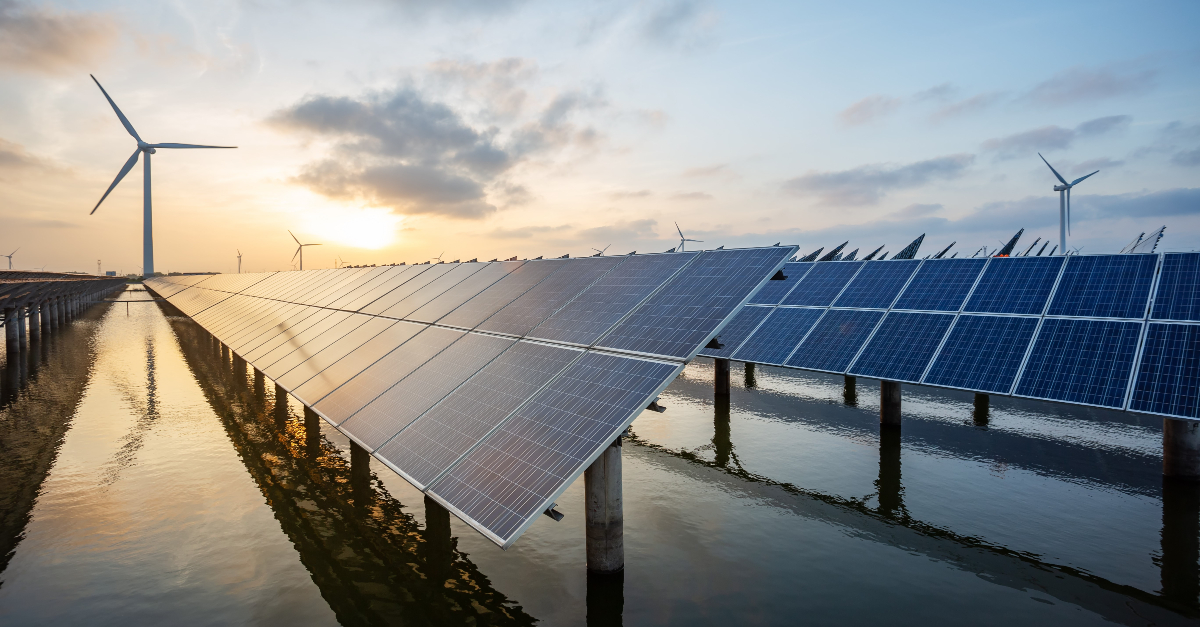With the rising cost of fossil fuels, the competitiveness of generating electricity from renewable energy has increased in recent years. Clean sources contribute to reducing the cost of the electricity sector worldwide.
The addition of renewable resource capacity from 2000 to 2022 reduced fuel costs in the global power generation industry by about $521 billion last year, according to a recent report from the Energy Research Division.
In 2022, which saw fossil fuel prices burn in the wake of the Russian invasion of Ukraine, 86% of the total installed renewable energy capacity (187 GW) was less than the cost of electricity. Capacity powered by fossil fuels, according to a report published by the International Renewable Energy (IrinaToday, Tuesday, August 29, 2023.
Not only that, but the global weighted average levelized cost of electricity – the net cost of producing a unit of electricity over the lifetime of the facility – has decreased by 3%, 5% with solar PV, offshore wind, bioenergy and geothermal energy. , 13% and 22%, respectively, despite increased material and equipment costs.
Renewable energy saves the electricity industry billions of dollars
Global renewable energy capacity increased by 9.6% over the past year to an equivalent of 295 GW, bringing total installed capacity in the global electricity sector to 3,372 TW.
The following graphic, produced by the Energy Research Division, tracks the increase in the share of renewables in the global electricity generation mix between 2021 and 2022:
The energy price crisis in 2022 is a clear indication of the strong economic benefits that renewable source installations can provide and the improvement of energy security by reducing demand and imports of fossil fuels.
In Europe, installed renewable energy saved the electricity sector $176 billion in fuel costs. In fact, installing clean sources since 2010 could have saved the continent from a wider economic crisis, driven by the direct costs of higher fossil fuel prices. Significantly.
Asia’s electricity sector also managed to save $199 billion in fuel costs, thanks to the production of renewable sources, saving South and North America $71 and $23 billion by 2022, respectively.
In terms of source, offshore wind power was the largest contributor to fuel cost reductions, at about $189 billion, followed by hydroelectric power at $136 billion, according to a report monitored by the Energy Research Division.
Solar photovoltaic energy, bioenergy and offshore wind helped save the global electricity sector $88, $68 and $35 billion, respectively. Geothermal energy came last with about $5 billion.
Indirect benefits of renewable energy
In addition to direct cost savings, renewable energy installations provide significant economic benefits by reducing emissions of carbon dioxide and other air pollutants.
Had renewables not been deployed over the past two decades, the economic displacement from fossil fuel price shocks in 2022 would have been so severe that it would have exceeded the ability of many governments to mitigate with public financing.
The Director General of the International Renewable Energy Agency, Francesco La Camera, believes that 2022 marks a real turning point in the use of renewable energy sources, as their cost competitiveness is strengthened more than ever. Materials and equipment worldwide.

Thanks to the massive increase in solar and wind power over the past decade, regions hit hard by historic price shocks have become remarkably resilient, La Camera reported.
The IRENA report confirms that the business case for renewables is becoming compelling, with lower costs and greater economic benefits. Therefore, the world needs to add 1,000 GW of renewable energy annually, on average, by 2030 to meet the goal of keeping global temperatures below 1.5°C.
The report concluded that over the past 13 to 15 years, the costs of generating renewable electricity from solar and wind power have fallen, making them competitive with fossil fuels, even without subsidies.
For example, the global average cost of electricity produced from solar PV has dropped by 89% to $0.049 per kilowatt-hour, a third less than cheaper fossil fuels.
For offshore wind power, a 69% decline to $0.033 per kilowatt-hour in 2022, less than half the cost of generating electricity from fossil fuels.
Related topics..
Also read this..

“Award-winning beer geek. Extreme coffeeaholic. Introvert. Avid travel specialist. Hipster-friendly communicator.”